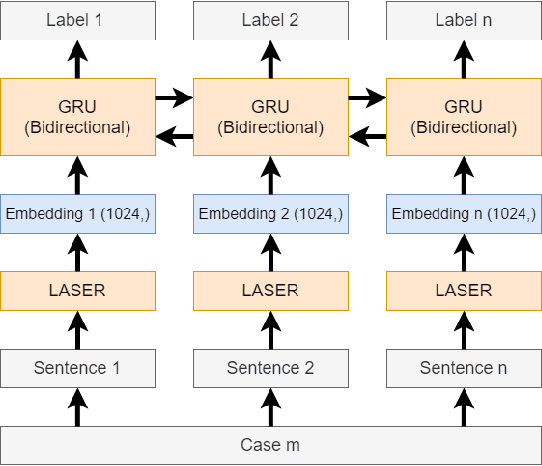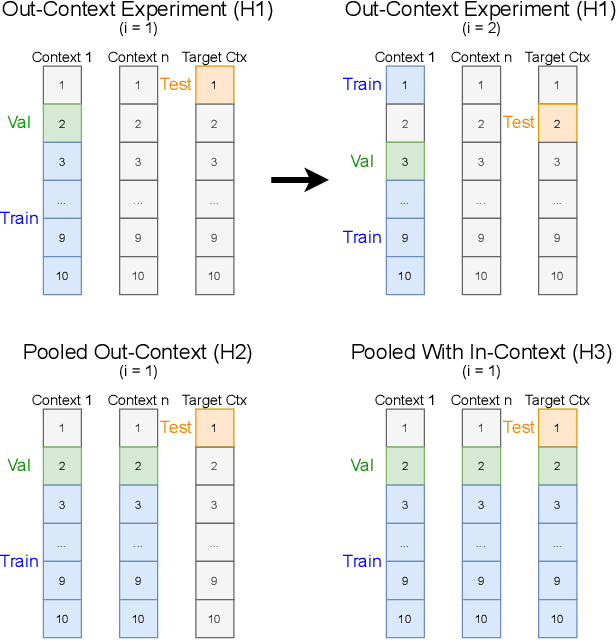Sébastien Meeùs
Robots in the Middle: Evaluating LLMs in Dispute Resolution
Oct 09, 2024



Abstract:Mediation is a dispute resolution method featuring a neutral third-party (mediator) who intervenes to help the individuals resolve their dispute. In this paper, we investigate to which extent large language models (LLMs) are able to act as mediators. We investigate whether LLMs are able to analyze dispute conversations, select suitable intervention types, and generate appropriate intervention messages. Using a novel, manually created dataset of 50 dispute scenarios, we conduct a blind evaluation comparing LLMs with human annotators across several key metrics. Overall, the LLMs showed strong performance, even outperforming our human annotators across dimensions. Specifically, in 62% of the cases, the LLMs chose intervention types that were rated as better than or equivalent to those chosen by humans. Moreover, in 84% of the cases, the intervention messages generated by the LLMs were rated as better than or equal to the intervention messages written by humans. LLMs likewise performed favourably on metrics such as impartiality, understanding and contextualization. Our results demonstrate the potential of integrating AI in online dispute resolution (ODR) platforms.
Lex Rosetta: Transfer of Predictive Models Across Languages, Jurisdictions, and Legal Domains
Dec 15, 2021



Abstract:In this paper, we examine the use of multi-lingual sentence embeddings to transfer predictive models for functional segmentation of adjudicatory decisions across jurisdictions, legal systems (common and civil law), languages, and domains (i.e. contexts). Mechanisms for utilizing linguistic resources outside of their original context have significant potential benefits in AI & Law because differences between legal systems, languages, or traditions often block wider adoption of research outcomes. We analyze the use of Language-Agnostic Sentence Representations in sequence labeling models using Gated Recurrent Units (GRUs) that are transferable across languages. To investigate transfer between different contexts we developed an annotation scheme for functional segmentation of adjudicatory decisions. We found that models generalize beyond the contexts on which they were trained (e.g., a model trained on administrative decisions from the US can be applied to criminal law decisions from Italy). Further, we found that training the models on multiple contexts increases robustness and improves overall performance when evaluating on previously unseen contexts. Finally, we found that pooling the training data from all the contexts enhances the models' in-context performance.
* 10 pages
 Add to Chrome
Add to Chrome Add to Firefox
Add to Firefox Add to Edge
Add to Edge